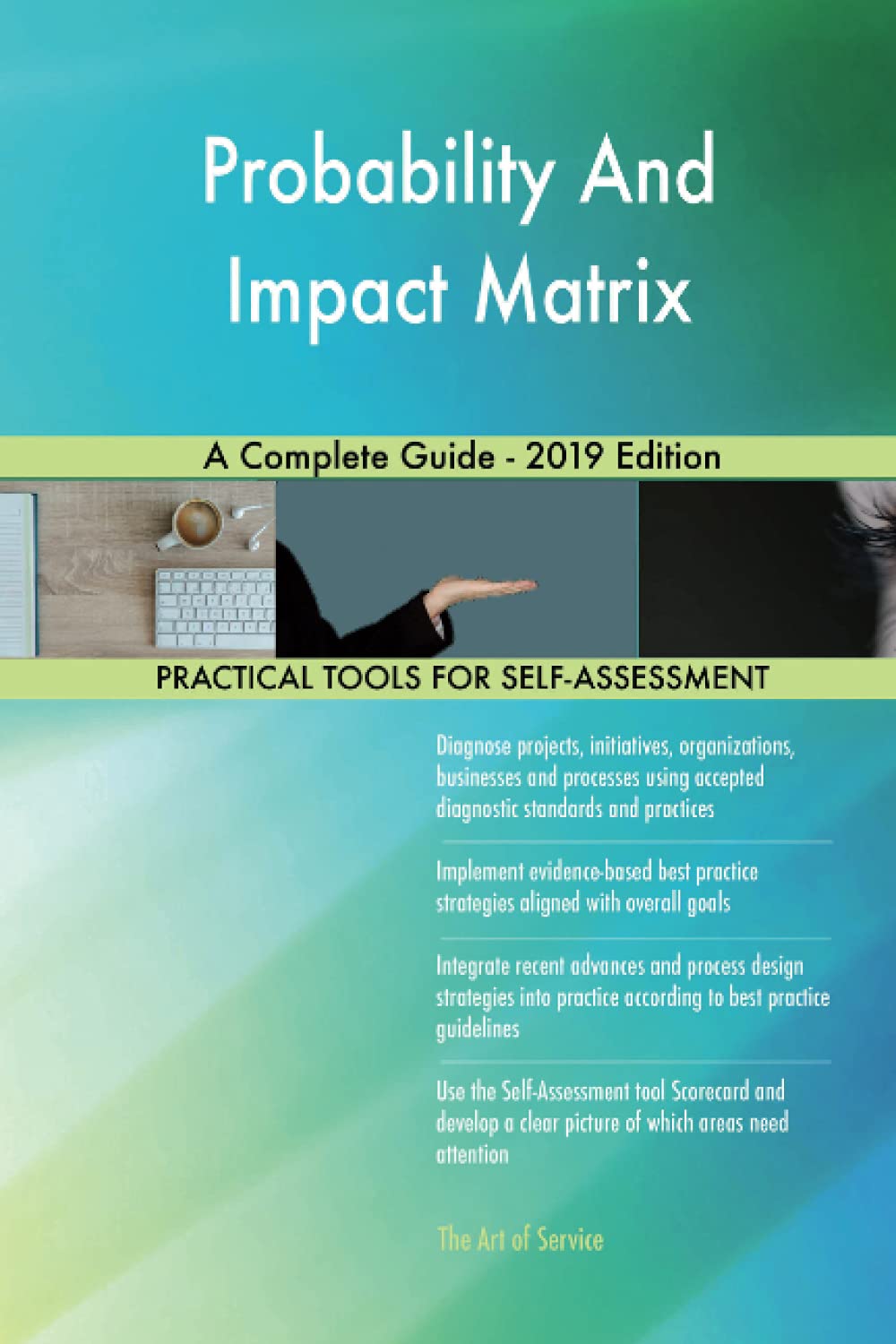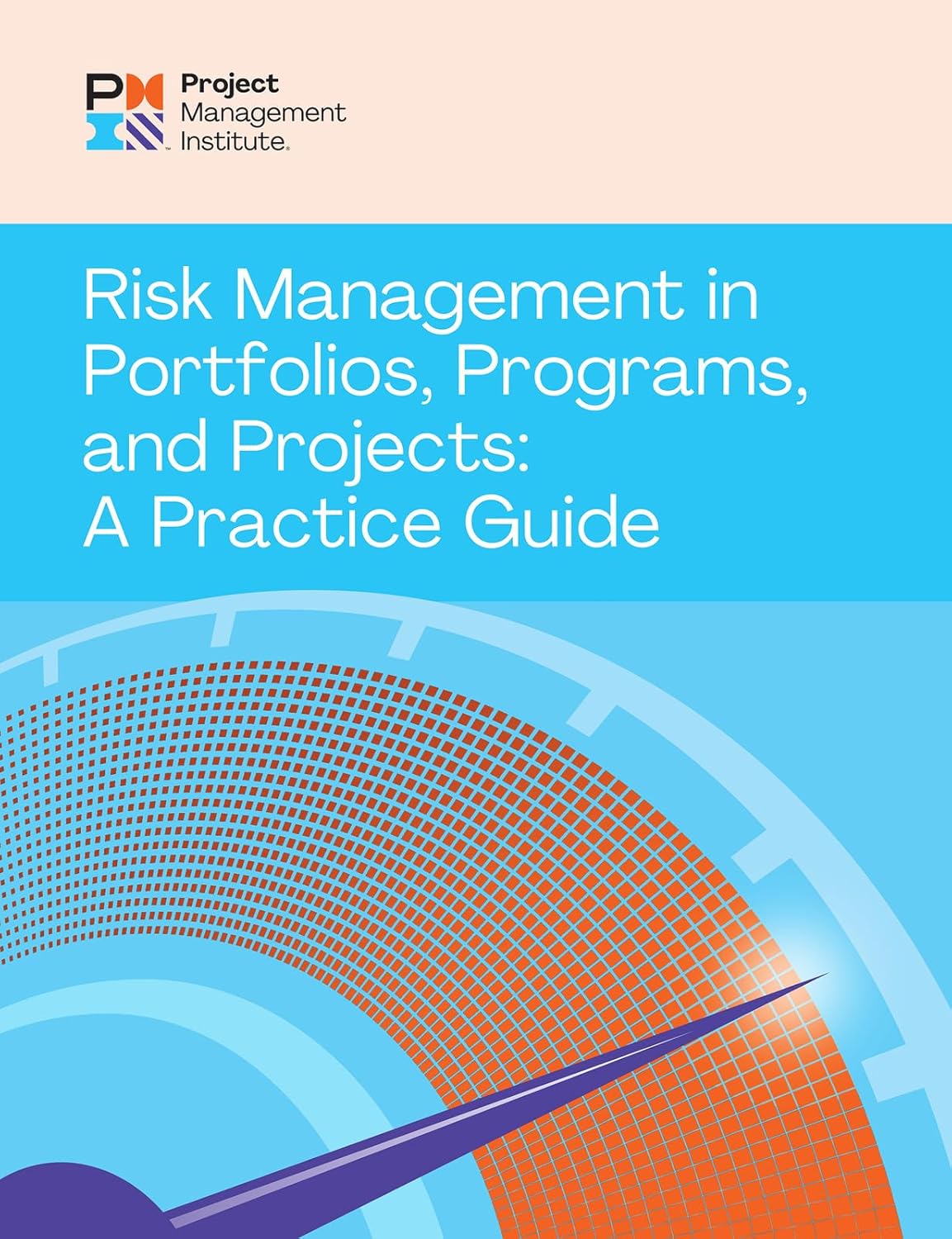
Probability and Impact Matrix
What is a Probability and Impact Matrix?
A Probability and Impact Matrix is a visual tool used in project risk management to evaluate and prioritize potential risks based on their likelihood of occurring and their possible effect on a project. Project teams use this matrix to assess each identified risk and determine whether it requires a response or can be accepted. By mapping risks on a grid with probability on one axis and impact on the other, decision-makers can identify which risks are high, medium, or low priority.
This matrix supports more effective planning by helping teams focus on the most significant risks. It also promotes consistency in risk evaluation by providing a standardized method to rank risks. The matrix is often colour-coded to indicate risk levels, with red for high risk, yellow for moderate risk, and green for low risk. Analysts commonly use this matrix in both qualitative and semi-quantitative risk analysis.
Key Points
- Evaluates risks based on two criteria: likelihood of occurrence and potential impact.
- Uses a grid format to categorize risks into high, medium, or low priority.
- Helps focus attention on risks that could seriously affect project objectives.
- Often used during the project planning phase and updated as risks evolve.
- Supports consistent and objective decision-making in risk management.
Related Terms
- A risk register records all identified risks, including their probability and impact ratings.
- A qualitative risk analysis involves assessing risks using subjective judgment and tools like the matrix.
- A risk response plan outlines actions based on the probability and impact analysis results.
- A risk appetite reflects how much risk a project or organization is willing to accept, which influences matrix thresholds.
- A risk management plan provides the framework for applying the matrix within a project.
Probability and Impact Matrix: Example
A project team working on a new software launch identifies a risk that a key supplier might miss a delivery deadline. They estimate a moderate chance of this happening and a high impact if it does, as it would delay the project by two weeks. When plotted on the matrix, this risk falls in the high-priority zone. The team then develops a contingency plan to address it in advance.
Probability and Impact Matrix: Best Practices
- Define clear rating scales for both probability and impact to ensure consistent assessments.
- Engage team members and subject matter experts to improve the accuracy of risk ratings.
- Regularly review and update the matrix as project conditions and risks change.
- Use the matrix alongside other tools like the risk register to support thorough analysis.
- Document the rationale for risk ratings to maintain transparency and accountability.
Additional Resources
Preparing for a PMI certification?
- Exam Prep Courses: PMP®, CAPM®, and PMI-ACP®
- Exam Simulators: PMP®, CAPM®, PMI-ACP®, PMI-PBA®, PMI-RMP®, PMI-SP®, PgMP®, and PfMP®
- Professional Development Units (PDUs): 15, 30, and 60 PDU Bundles




